Bar flowmeter, also known as averaging tube flowmeter or differential pressure flowmeter, is a commonly used flow measurement instrument. It is mainly used to measure the flow rate of fluids such as liquids, gases, or vapors in pipelines. The working principle of a Class B flowmeter is based on the Bernoulli equation and fluid mechanics principles, which calculate the flow rate by measuring the differential pressure generated by the fluid in the pipeline.
Specifically, a bar type flowmeter typically consists of a hollow metal tube (called a probe or sensor) inserted into a fluid pipeline and facing the direction of fluid flow. The head of the probe is designed with a small hole called the total pressure hole, which is used to measure the total pressure of the fluid. At a certain distance from the probe, there are also several static pressure holes perpendicular to the fluid flow direction, used to measure the static pressure of the fluid. When fluid flows through the probe, a high-pressure distribution area is generated in the front of the probe, and a low-pressure distribution area is generated in the rear, thus forming a pressure difference.
The Ba type flowmeter measures the pressure difference between the total pressure hole and the static pressure hole, combined with known parameters such as fluid density, cross-sectional area ratio between the probe and the pipeline, and uses the relationship between differential pressure and flow rate (such as Bernoulli equation) to calculate the fluid flow rate. This method can achieve continuous measurement of fluid flow and output corresponding flow signals.
Ba type flow meters have the advantages of simple structure, easy installation, wide measurement range, and high accuracy, and are widely used in flow measurement in industries such as petroleum, chemical, metallurgy, power, and light industry. However, it should be noted that the measurement accuracy of the bar flowmeter is affected by some factors, such as the length of the straight pipe section, fluid

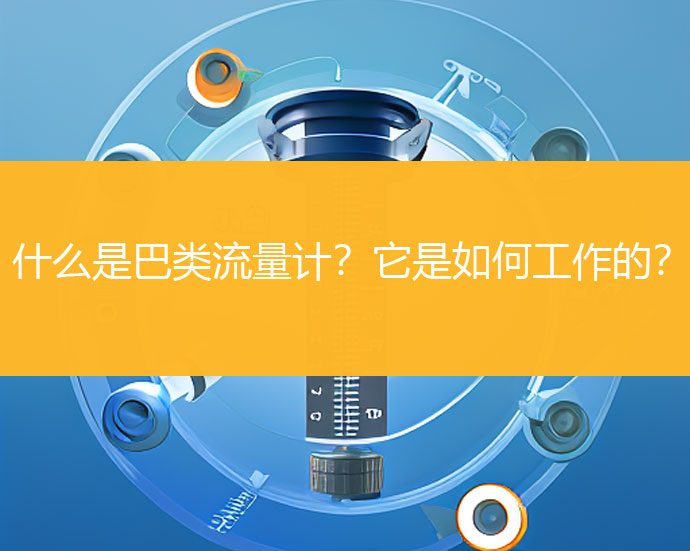 What is a Class B flowmeter? How does it work?
What is a Class B flowmeter? How does it work? 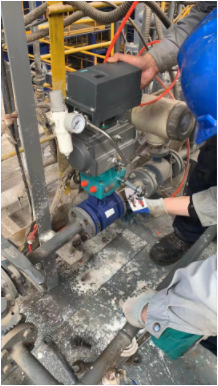 Ceramic rotary valve
Ceramic rotary valve 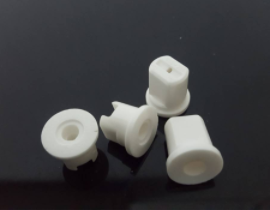 Ceramic nozzle
Ceramic nozzle 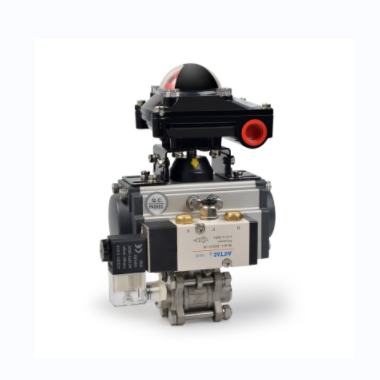 pneumatic control valve
pneumatic control valve 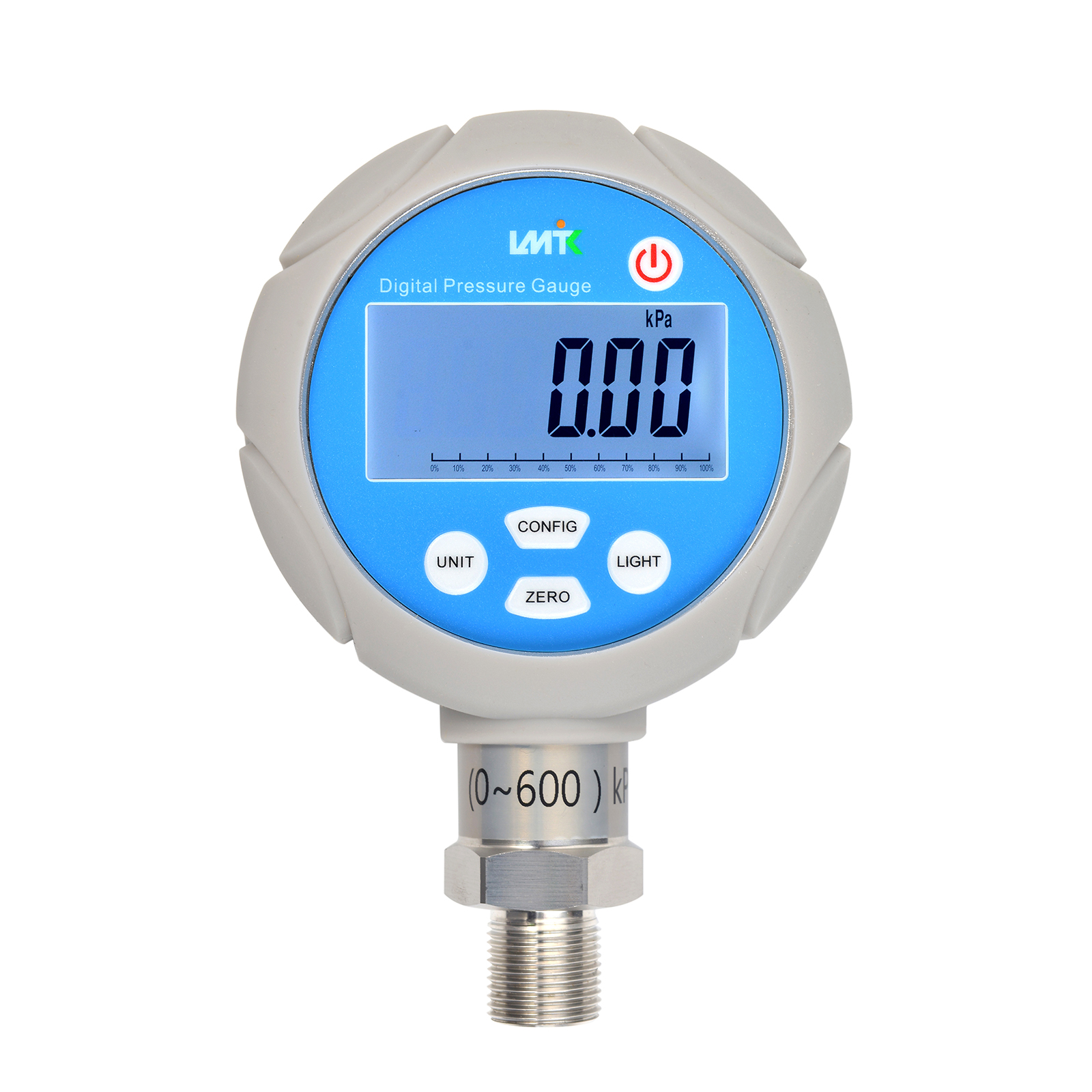 Precision digital pressure gauge
Precision digital pressure gauge  Advantages and disadvantages of ceramic valves
Advantages and disadvantages of ceramic valves 